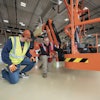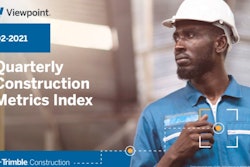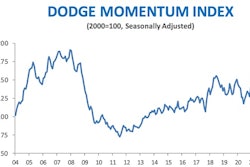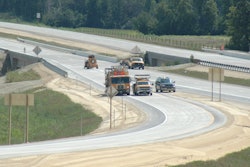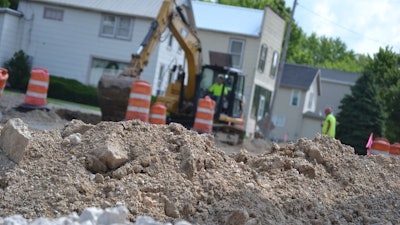
During Viewpoint’s “Connected Construction at Work” virtual conference on May 18, Ann Hunt, director of data science, shared some of the topline metrics from the company’s Quarterly Construction Metrics Index in order to help contractors in their planning decisions for the coming months. The Index examines aggregated and anonymized data from more than 1,000 Viewpoint construction technology users.
 Viewpoint
Viewpoint
Following is a quick breakdown of the key metrics she shared and what they could potentially mean for construction business activity going forward.
Project Starts
Project starts on the whole remain down compared to pre-pandemic levels. However, they are slowly rebounding, with 26,000 pending projects in the Q1 2021 backlog currently compared to 30,000 pending jobs in Q1 2020.
“We're getting back to the levels of 2020 and our forecasts are showing that backlogs are going to be better than 2020 – probably around about 5%,” Hunt stated.
Project starts by sector indicated:
- Heavy highway and civil projects had 10% more pending projects in March 2021 than March 2020, which could signal a rebound for the vertical.
- General contractors had 10% fewer pending projects in Q1 2021 than Q1 2020, which could indicate these businesses are lowering their risk threshold by taking on smaller jobs.
- Specialty contractors had 25% to 35% fewer pending projects in January and February 2021 as compared to the same months in 2020. Last year, they were able to pick up work left behind by general contractors and were likely to have a service business, so their lowered project starts may reflect the abundance of previous work finally catching up with them.
Contract Value
While the overall spend in the construction industry is going up and backlogs are starting to recover, contract values actually saw a significant decline in Q1 2021 compared to Q1 2020, plummeting by 52%. However, they have largely held steady since October 2020, which is a promising sign.
“We're seeing that kind of level off,” said Hunt. “That could be because the inflation of material prices is starting to [be brought into] those newer contracts and allow for those margins to increase.”
By sector:
- General contractors had a healthy backlog going into the pandemic but saw contract value drop roughly 50% year over year. However, this sector is picking up faster in terms of backlog.
- Heavy highway and civil projects saw contract value fall about 30%, while specialty contractors saw a roughly 50% decline.
Labor Trends
Construction hiring has been net positive in 2021, which means more employees were hired than fired, though hiring is still 12% below what it was a year ago. Hiring increased steadily in the first quarter with net employment up 45% in March compared to March 2020.
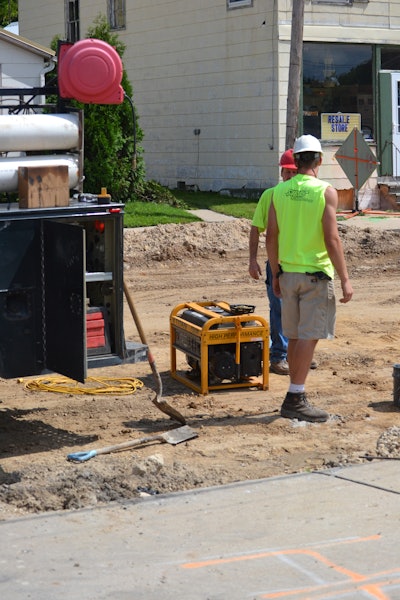 ACBM staff
ACBM staff
The Southeast saw the largest net hiring increase (103%) compared to a year ago, with the Northeast showing a 75% increase.
According to Hunt, hiring tends to lag a bit behind project starts. As such, the Index forecasts hiring to remain down on a percentage basis in 2021, with likely peaks in the warmer months as is typical for the industry. Any movement on infrastructure spending legislation will impact this outlook.
Cash Flow
The Index shows cash flow varied by sector, with heavy highway and general contractors remaining cash positive – meaning they held onto cash vs. spending it – and specialty contractors remaining cash negative, spending roughly 150% more in Q1 2021 vs. Q1 2020.
Heavy highway and general contractors are likely holding onto more cash due to what they perceive as a still-uncertain business environment, while specialty contractors are spending more due to greater confidence that new projects will soon be underway.


